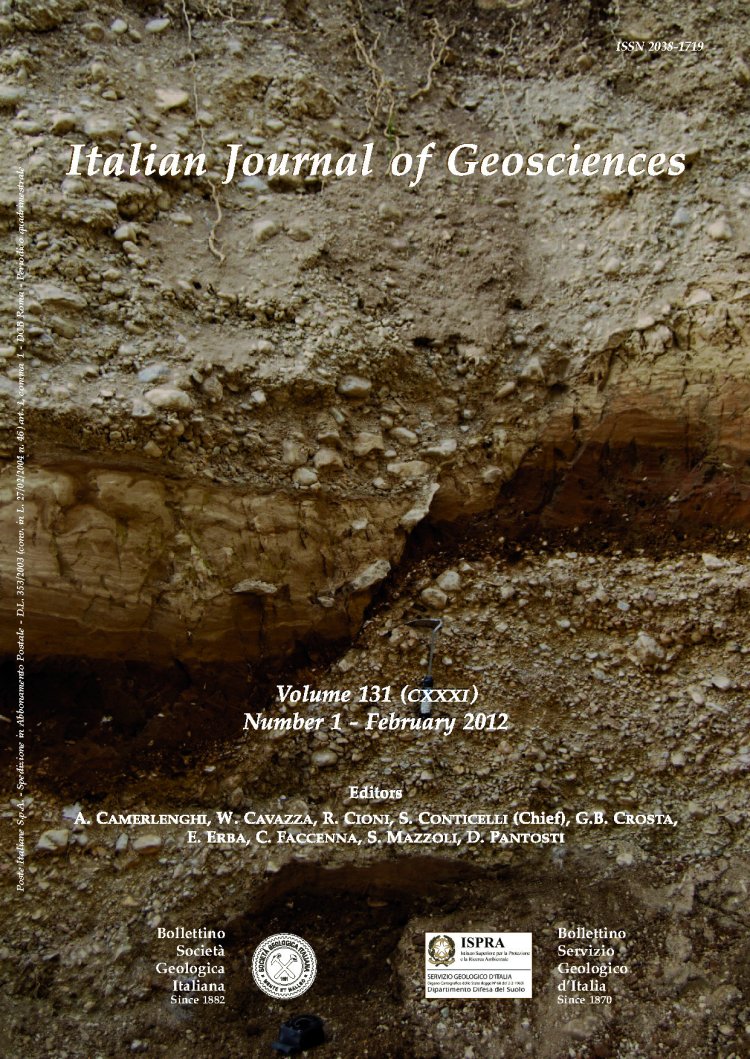
Benthic foraminifers and gastropods from the Gratteri Formation cropping out near Isnello (Madonie Mts., Sicily)
Andrea Benedetti(*) (**) & Carmine D'Amico(**) (***)
(*) Dipartimento di Scienze della Terra, Università di Roma «La Sapienza», Piazzale A. Moro, 5 - 00185 Roma, Italy. Corresponding author: Andrea Benedetti, Email address: andrea.benedetti@uniroma1.it
(**) G.I.R.M.M. - Gruppo Informale di Ricerche Micropaleontologiche e Malacologiche; www.girmm.com
(***) Dipartimento S.T.A.T., Università degli Studi del Molise, Contrada Fonte Lappone - 86090 Pesche (IS), Italy.
Volume: 131 (2012) f.1
Pages: 66-76
Abstract
Nine samples were collected from a 3 m thick section of the Gratteri Formation cropping out at Casa Asciutto, near Isnello (Madonie Mts.) consisting of yellow silty marls alternating to bioclastic marly and quartzy sandstones, rich in displaced larger foraminifers such as lepidocyclinids (Nephrolepidina and Eulepidina), and nummulitids (Heterostegina and Operculina). Planktonic foraminifers are badly preserved or absent through the section because of dissolution. The presence of displaced specimens of Nephrolepidina praemarginata, which was the object of a biometrical analysis for the embryonic apparatus, dates the studied section at least late Rupelian.
In the silty marl layers deep water agglutinated foraminifers (DWAF) and bathyal hyaline foraminifers are frequent; 36 agglutinated and 26 hyaline species of benthic foraminifers, some of which in open nomenclature, were identified. Upsection the specific diversity tends to decrease, whereas the quartz supply increases and assemblages become exclusively constituted by agglutinated DWAF with predominant tubular suspension feeding taxa.
In three samples few, badly preserved and displaced gastropods belonging to Architectonicidae, Ampullinidae, Trochidae, Cerithiopsidae, Rissoidae and Pyramidellidae were recognized.
The Gratteri Formation deposited during the late Rupelian in a basin periodically affected by gravitative and turbiditic flows, which carried basinward coeval shallow-water larger foraminifers and gastropods. The dissolution of the most calcareous taxa is imputed to the fluctuations and local rise of the calcite compensation depth (CCD) or, more likely, to reducing conditions in bottom sediments.
Keywords
Get Full Text